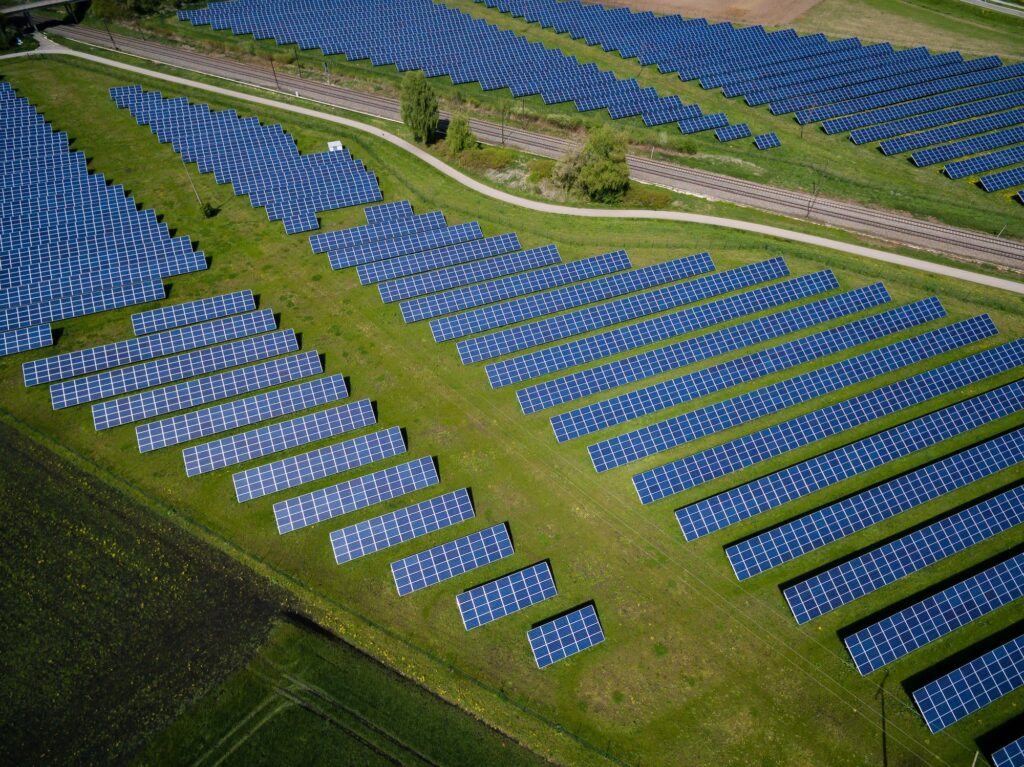Decentralization, decarbonization, and democratization are changing how we think about the grid, and microgrids are a vital part of this. Microgrids are cost-effective, improve system resilience, reduce CO2 emissions, and provide power to areas lacking electrical infrastructure.
Entrepreneurs planning to launch a microgrid startup can use virtual reality (VR) and augmented reality (AR) to help them get a head start and stand out from competitors. Let’s explore how in more detail below.
Real-Time Applications for AR and VR in a Microgrid Startup
AR and VR have a wide range of microgrid operation and management applications. These include:
Field Service
Microgrids can operate with few staff members and may even be unmanned for periods. Field service technicians entering an unmanned or sparsely manned area of the microgrid facility can use VR goggles to provide remote management with visibility of the facility or equipment being worked on.
VR is also helpful in conducting tours for interested parties, such as potential expansion customers or investors. It enables a complete 360-degree presentation of the actual operation without risking the visitor’s safety or requiring expensive travel to the facility.
Maintenance
Because microgrids may require knowledge of more than one type of energy generation system and the control functions they’re attached to, skill sets may be scarce. A startup using AR can extend the most skilled maintenance manager’s expertise over a large area if multiple microgrids are in play.
Technicians using goggles on the facility floor can see a head’s up display where the remote manager can guide them to the correct location or part with arrows or notes. AR may also be programmed to provide work instructions on the headset that tell the technician how to do resets or allow them to order parts virtually.
If the remote manager is more experienced, AR can be programmed to be bi-directional, where the viewer can “draw” on the screen that will appear on the technician’s goggles to indicate something they may have missed. In their simplest form, AR goggles can list each item the wearer looks at so they know what the part or equipment is.
Human Training
AR has excellent potential for employee training. Using AR for training can reduce the chance of making mistakes or damaging equipment, it’s safer for newer employees, and it reduces cost.
An example of this is training an employee to weld, bend pipe, or perform some other manipulation of physical objects. Traditionally, this training involved using actual material. By doing much of the training using AR, the employee can practice without the materials being scrapped later.
Robotic Training
Robotic components often need “training” on specific motion and force applications like humans. If a microgrid uses robotics to perform autonomous tasks, VR can train the robot on the acceptable range of motion or gripper position and strength.
Digital Twin Technology
Because microgrids are agile in their energy generation and distribution, they can be upgraded to improve efficiency. Digital twin technology can create a virtual system using actual performance data in a simulation. This process helps iterate and innovate improvements virtually in a faster and more cost-effective way.
In a microgrid, VR can be used to compare simulated and actual results. It can also be overlayed with AR to compare the real and optimized models. These changes can then be made to the real version with a higher degree of certainty that they’ll work as intended.
Safety
AR and VR enable safer work environments. Beyond offering safer training, they also allow workers to remotely work in potentially dangerous situations such as high temperatures, faulty electrical connections, and steam. When combined with robotics, AR can act as a buffer by enabling a robot to perform repairs while a technician remains a safe distance away.
Leveraging VR and AR for Your Startup
VR and AR can help microgrid startups streamline operations and reduce the resources needed to design, develop, and deploy a microgrid. This can minimize startup costs and increase their return on investment.
The Henry Bernick Entrepreneurship Centre (HBEC) at Georgian College has a wealth of programs, training, and assistance for entrepreneurs. Our staff understand how valuable tools like AR and VR fit into microgrid companies, and we’re eager to help you on your journey to success.
Contact us to learn more.




